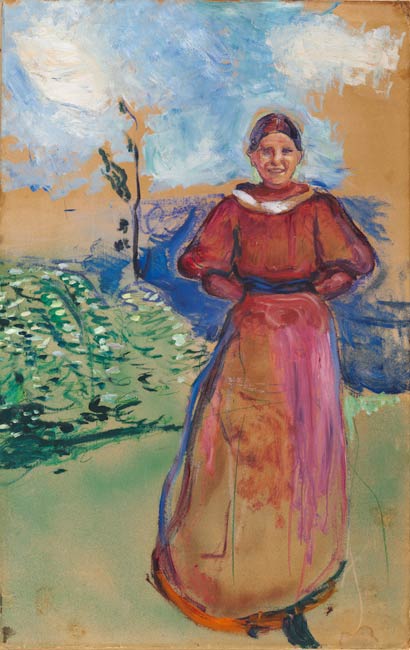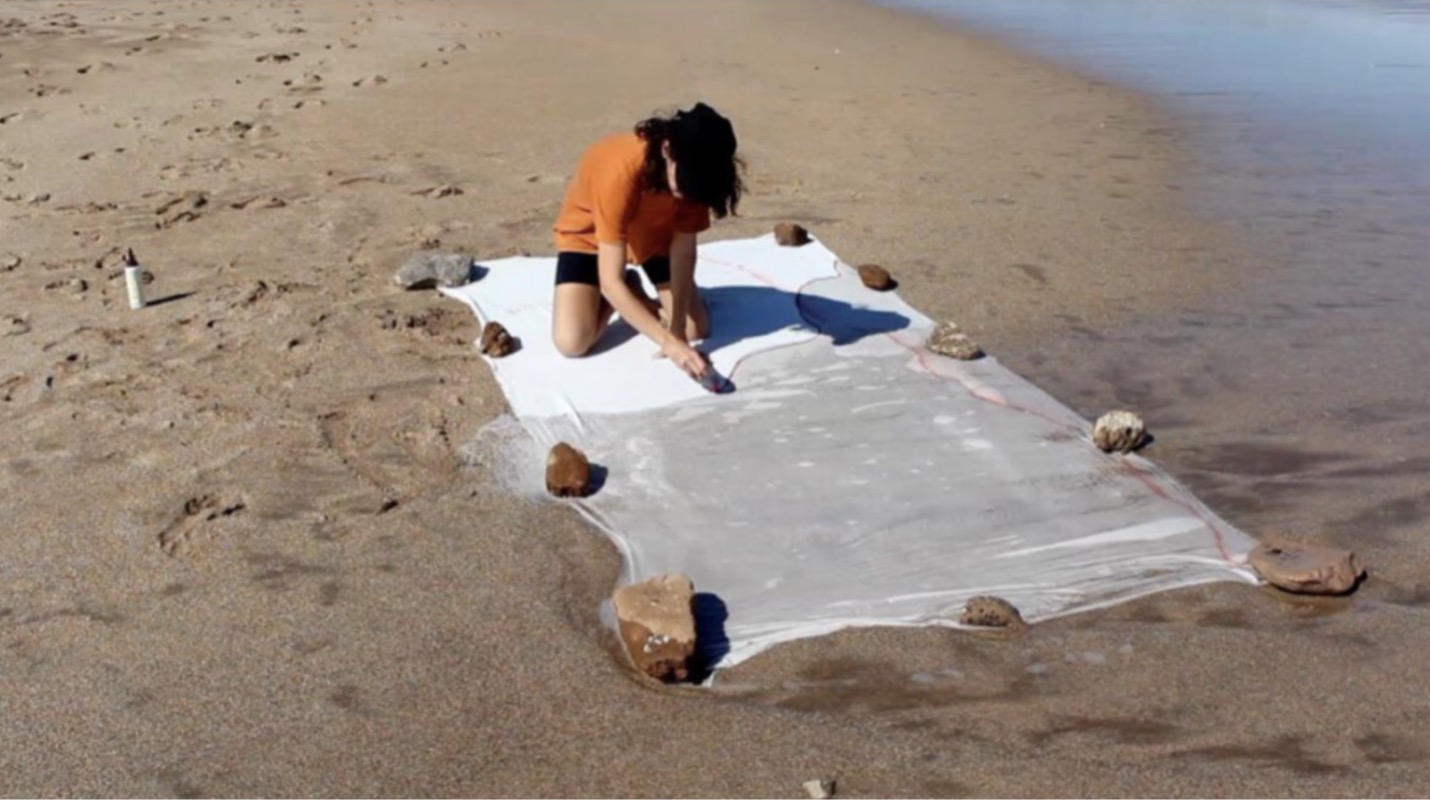Lynn Straus first discovered the Norwegian artist Edvard Munch’s work on a trip to his homeland in 1948. It was in 1969 that she and her husband, Philip A. Straus (Harvard Class of 1937), purchased their first print by the artist—an acquisition that marked the start of one of the leading collections of Munch’s work in the United States. Now, with Lynn Straus’s recent gift to the Harvard Art Museums of 15 prints and 2 paintings by the artist, given in memory of her late husband, visitors to our new facility will have the chance to discover Munch’s work as Lynn did years ago.
The works in this gift add to our significant collection of prints by Munch—many of which formerly belonged to the Straus family. Over the past 30 years, Lynn and Philip Straus have given the museums 51 prints by Munch. Susan Dackerman, Carl A. Weyerhaeuser Curator of Prints (and former Lynn and Philip A. Straus intern at the Fogg Museum, 1992–93), notes that because of the Straus’s generosity, the Harvard Art Museums now hold “one of the best, most nuanced, collections of Munch prints in the country. It shows the range of Munch’s experimentation in etching, lithography, and woodblock printing, and includes variations on particular images and themes made through hand coloring and the mixing of media.”
Munch’s painting Inger in a Red Dress (1896) is also included in the noteworthy gift. Lynette Roth, Daimler-Benz Associate Curator of the Busch-Reisinger Museum, describes how “Munch’s technical experimentation really began in the mid-1890s, and he is known to have exhibited so-called unfinished works, seeing all his pictures as chiefly experiments and studies—which makes Inger in a Red Dress a stunning example from this period.” Another painting, Winter Landscape (1915), demonstrates the centrality of the Norwegian landscape in the artist’s oeuvre. This painting is no stranger to the Harvard Art Museums, as it was shown at the Busch-Reisinger Museum in 1983 for a major exhibition of the Straus’s collection of works by Munch.
Lynn and Philip Straus have been two of our most dedicated benefactors; in addition to making significant contributions to our collections and supporting vital positions at the museums, our Straus Center for Conservation and Technical Studies bears the family’s name, following a major gift to the center in 1994. And when we open our renovated and expanded facility in fall 2014, visitors will be able to further benefit from the Straus’s generosity when they see Edvard Munch’s works in person in our galleries and Art Study Center.
The Harvard Art Museums recently launched the Campaign for Great Art, a collecting initiative to acquire extraordinary works of art. Because the museums’ collections are the foundation of our teaching mission, acquiring a select number of important works between now and our opening will help ensure that our galleries, Art Study Center, and other learning spaces will continue to tell the story of the world’s great art. To find out more about this campaign, please contact Thomas H. Woodward, Director of Development, at thomas_woodward@harvard.edu or 617-384-7317.




